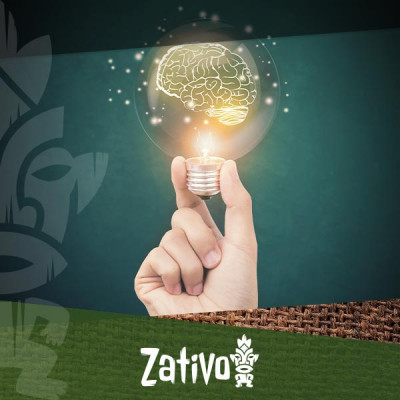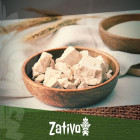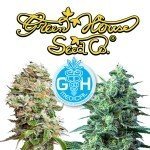Don't have an account?
Register NowYou have to add to cart at least 5 bottles or any program to make checkout.
- BlogThe 10 Most Prominent Cannabinoids And Their Properties
The 10 Most Prominent Cannabinoids And Their Properties
Published: July 24th, 2019
Categories:
News
Though THC and CBD get the lion’s share of attention, the cannabis plant actually contains at least 113 cannabinoids. Many of these only appear in some strains, or are present only in trace amounts, or at certain stages of development.
That being said, there are 10 main cannabinoids it would be useful to familiarise yourself with if you want to become better acquainted with cannabis. What follows is a comprehensive profile of the most common—and significant—10 cannabinoids.

WHAT ARE CANNABINOIDS?
Before we dive in, it’s important to note the distinction between cannabinoids and terpenes. Cannabinoids are a class of chemical compounds that act on the body’s cannabinoid receptors, and tend to be responsible for cannabis’ more pronounced effects. Terpenes are a separate class of chemicals, and are primarily responsible for cannabis’ multifarious aroma. They also contribute more subtly to the plant's overall effects profile. In this article, we’ll be focusing on cannabinoids. More specifically, we’ll be focusing on phytocannabinoids—cannabinoids that originate from plants.
When reading about cannabinoids, it’s important to keep in mind that many of the medicinal benefits we discuss are most active when different cannabinoids and terpenes are consumed in combination. This is referred to as the “entourage effect”. Thus, we recommend consuming cannabis in forms where most crucial compounds present in the raw flower are available in the end product.
THC
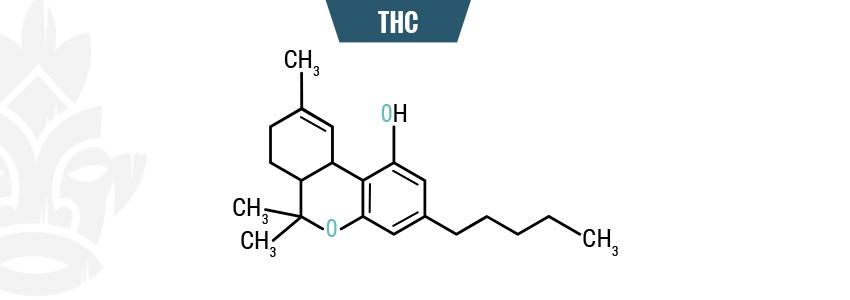
The king of cannabis, THC is the most well-known—and likely the most well-loved—cannabinoid. THC is responsible for the psychotropic effects of cannabis, though these can be modified and influenced by other cannabinoids and terpenes. The psychotropic effects of THC include euphoria, increased appetite, increased playfulness, and relaxation. The effects profile of THC has a particular “flavour”, but it varies from strain to strain. Depending on how THC is modified, for example, it can either be stimulating or sedating.
THC also has medical benefits. It’s been shown to help with such conditions as chronic pain, depression, nausea, lack of appetite, and muscle spasms. Though it’s famous mainly for its intoxicating effects, its medicinal effects are nothing to be scoffed at.
On its own, THC can produce such side effects as anxiety and paranoia. Consuming it in combination with other cannabinoids tends to modulate these effects.
CBD
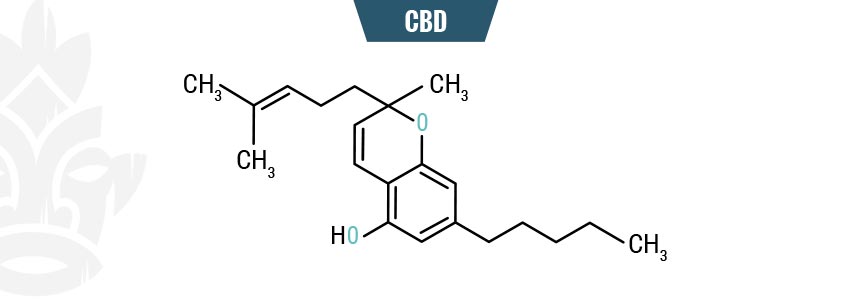
Unlike THC, CBD is known primarily for its medicinal effects. CBD can help treat a wide range of conditions from arthritis to epilepsy to anxiety to diabetes.
Unlike THC, CBD doesn’t directly activate the CB1 receptors in your brain, but influences them indirectly, in part by increasing circulating levels of endocannabinoids anandamide (AEA) and 2-arachidonoylglycerol (2-AG).
CBD is non-psychotropic (does not produce a high), which increases its medical appeal for many users. For this reason, CBD is also widely legal to purchase and consume. For most “recreational” CBD users, the compound is known to induce feelings of calm, relaxation, and flow.
THCV

Though their names are similar, the effects of THCV are in many respects diametrically opposed to those of THC. THCV is structured like THC, except its side chain is two methyl groups shorter.
Unlike THC, THCV is an appetite suppressant and may help treat insulin sensitivity and obesity. It can also help fight nausea.
THCV has been noted to help with bone growth and collagen production, suggesting a possible use in treating arthritis.
CBDV
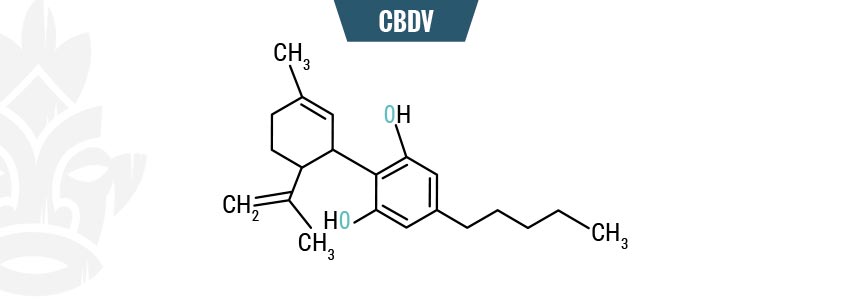
As with THCV, CBDV is similar in structure to CBD, except it has a shortened side chain. CBDV is non-psychotropic, but may carry medical benefits in its own right. CBDV has been shown to have anticonvulsant properties, to be effective at reducing nausea, and even to be effective at treating IBS-related symptoms.
Looked at together, THCV and CBDV demonstrate that this side family of the phytocannabinoid crew is not to be overlooked.
CBGA
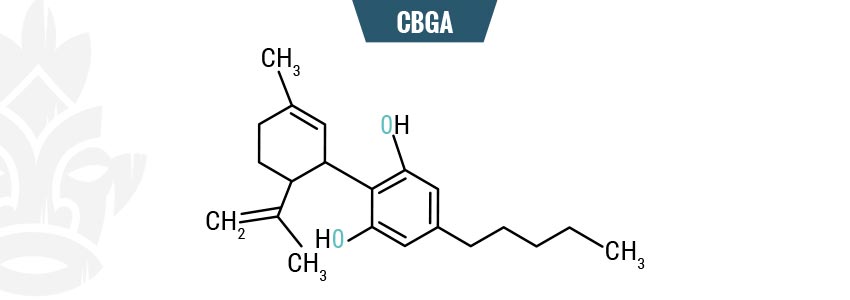
CBGA functions like the stem cells of cannabinoids. CBGA is the first cannabinoid produced in the cannabis plant, through a synthesis of olivetolic acid and geranyl pyrophosphate. Once it’s produced, it’s broken down by enzymes into the other cannabinoids. CBGA is directly converted into THCA, CBDA, CBCA, and CBG. The “A” in these names refers to “acid”, as these cannabinoids are in acid form, and must either be decarboxylated or treated with enzymes to be converted into their non-acid counterparts.
CBG
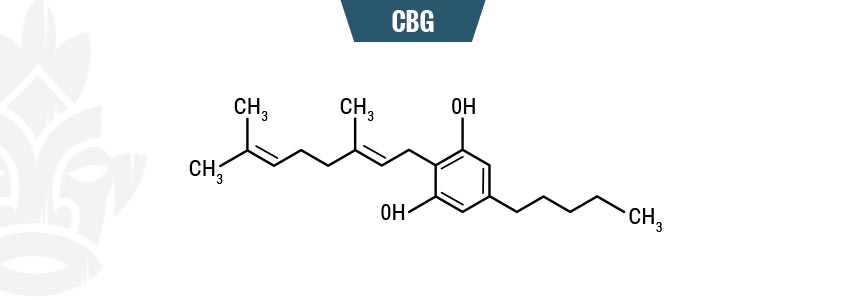
In mature cannabis plants, CBG tends to be present in low amounts, usually under 1%. That said, it has some exciting health benefits. It’s been shown to be anti-inflammatory, antibacterial, analgesic, and neuroprotective. Studies have also shown that it may help treat Huntington’s Disease, IBS, and persistent infections. CBG is all about quality, not quantity—there may not be much of it, but it’s well worth seeking out!
THCA

THCA is the acidic counterpart of THC. As we’ve discussed, heating cannabinoid acids converts them into their non-acidic counterparts. These “active” cannabinoids tend to have most of the desired effects, which is why we decarboxylate cannabis before consuming it. To consume THCA directly, try juicing raw cannabis leaves.
THCA does have beneficial properties in its own right. One study showed it to display antiemetic properties in rats, and others have demonstrated anti-inflammatory and antiproliferative effects. THCA on its own is non-psychotropic.
CBDA

CBDA is the acidic precursor to CBD, and holds medical promise in its own right. For one, it’s been shown to selectively inhibit the COX-2 enzyme, suggesting possible anti-inflammatory effects. CBDA may also be effective at reducing nausea, slowing breast cancer cell proliferation, and helping treat psychosis. Like CBD, CBDA is non-psychotropic.
CBN

Have you ever smoked some very old weed? If so, you may have found the effects a little… off. Instead of being energising, uplifting, or enhancing creativity, this weed makes you want to hit the sack for some reason. Why is that? As weed ages, THC gets converted into CBN. And the main effect CBN is known for is its ability to cause drowsiness.
Depending on what you’re looking for from your weed, this can be a good thing or a bad thing. If you’re using weed to treat insomnia or anxiety, CBN is likely your best friend. If you’re using weed for its more energising effects, you’ll want to avoid CBN like the plague.
CBN has other medicinal effects. One study found that rats with ALS benefited from being dosed with CBN. Other research shows that it may be effective at treating the antibiotic-resistant MRSA infection. CBN may also have orexigenic properties.
CBC
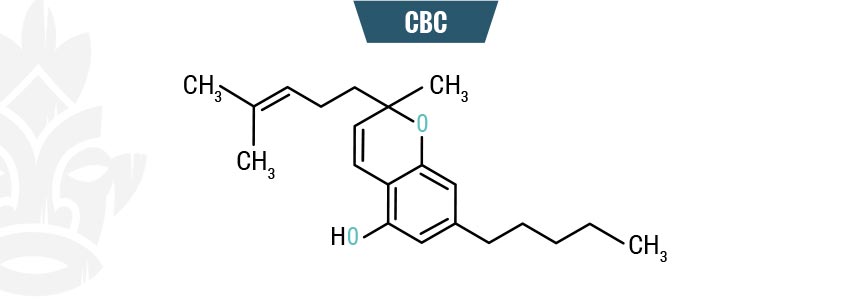
CBC is non-psychotropic, as it binds poorly to CB1 receptors in the brain. However, it binds to other receptors in the body linked to pain perception, causing the body to release more endogenous cannabinoids like anandamide. Through this mechanism, recent research demonstrates that CBC has potential to help treat acute and chronic pain.
Since CBC increases levels of anandamide, we can surmise that consuming CBC will lead to the health benefits associated with this endocannabinoid. These include slowed growth of breast cancer cells and reversing depressive-like behaviour.
CBC may also be effective at reducing symptoms of intestinal inflammation. These anti-inflammatory effects may be heightened when combined with THC. Continuing with the theme of inflammation, CBC displays properties that make it a potential treatment option for acne. Furthermore, CBC has also been shown to be effective at growing adult neural stem progenitor cells, which produce a cascade of neurological benefits.
When it comes to cannabinoids, credit is not divided equally—some cannabinoids, like THC and CBD, get most of the glory, while others are rarely mentioned. Despite this, it’s clear that many cannabinoids carry health benefits, and that cannabis’ true potential comes from a molecular group effort.

